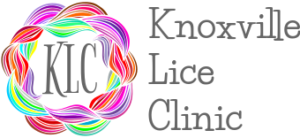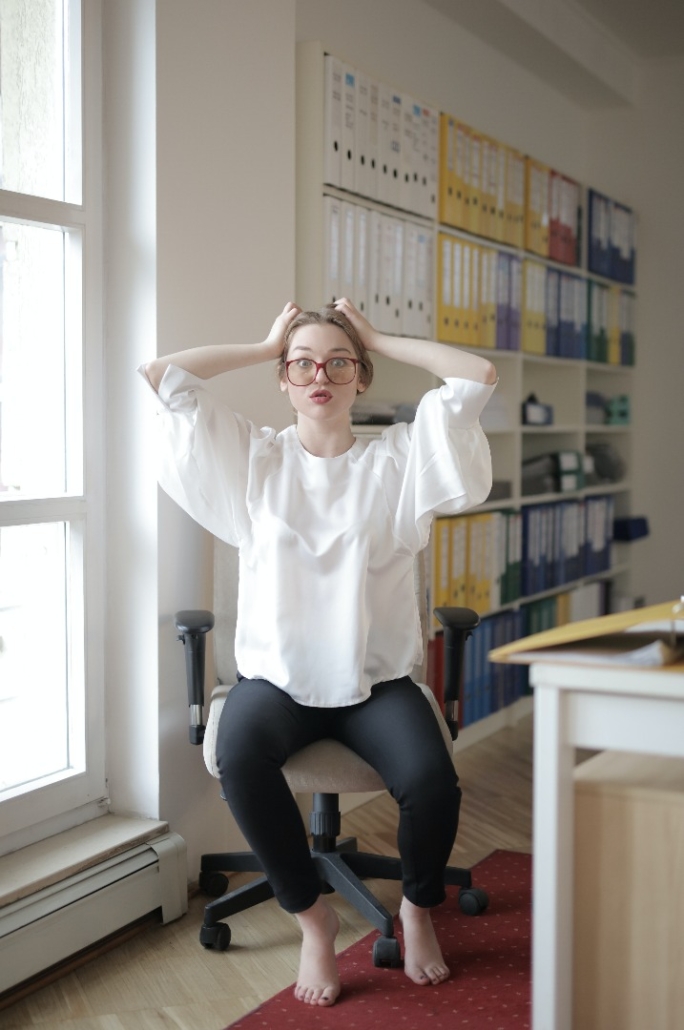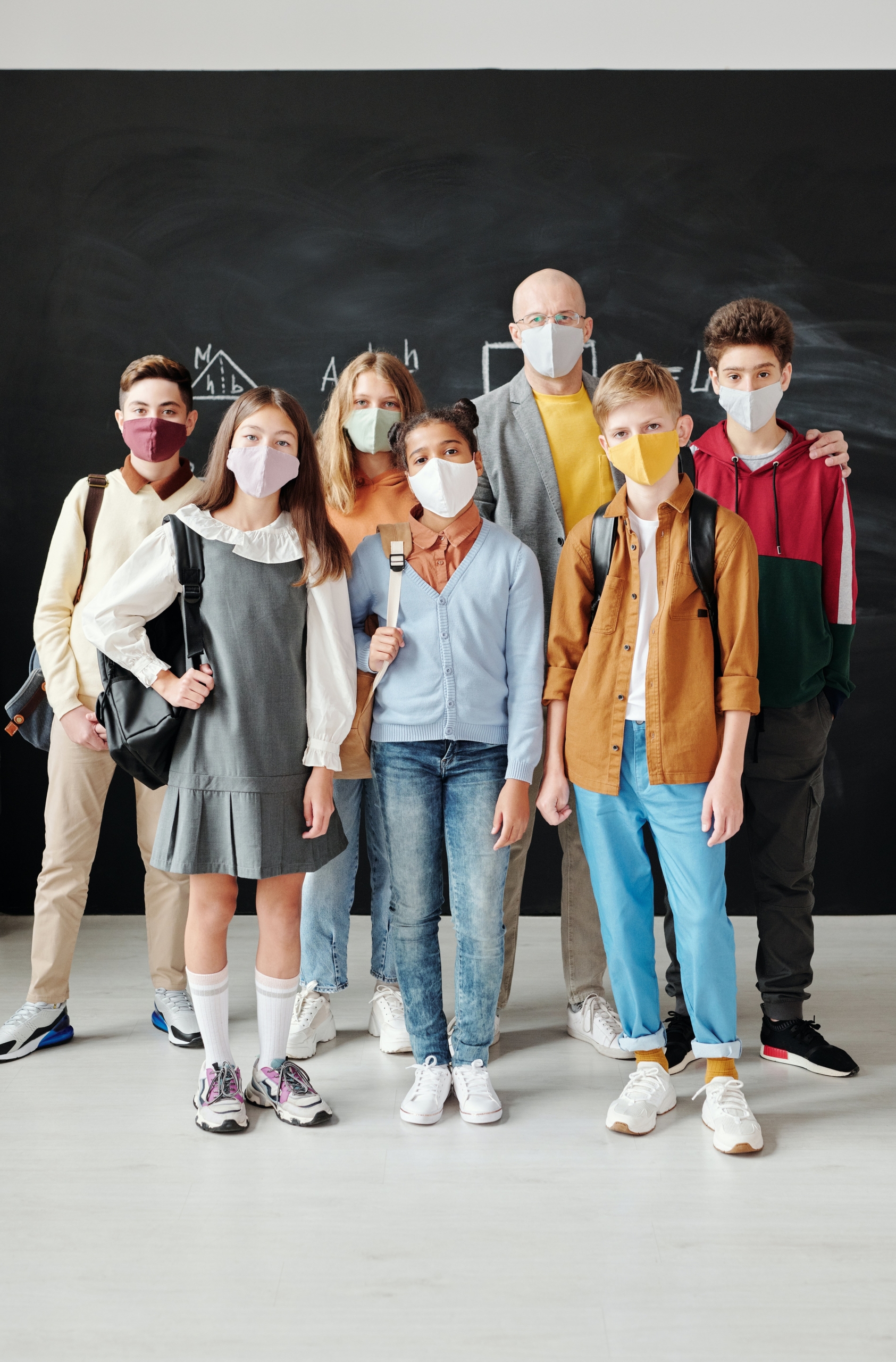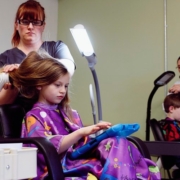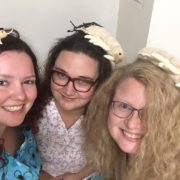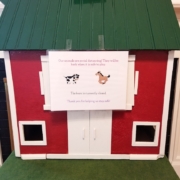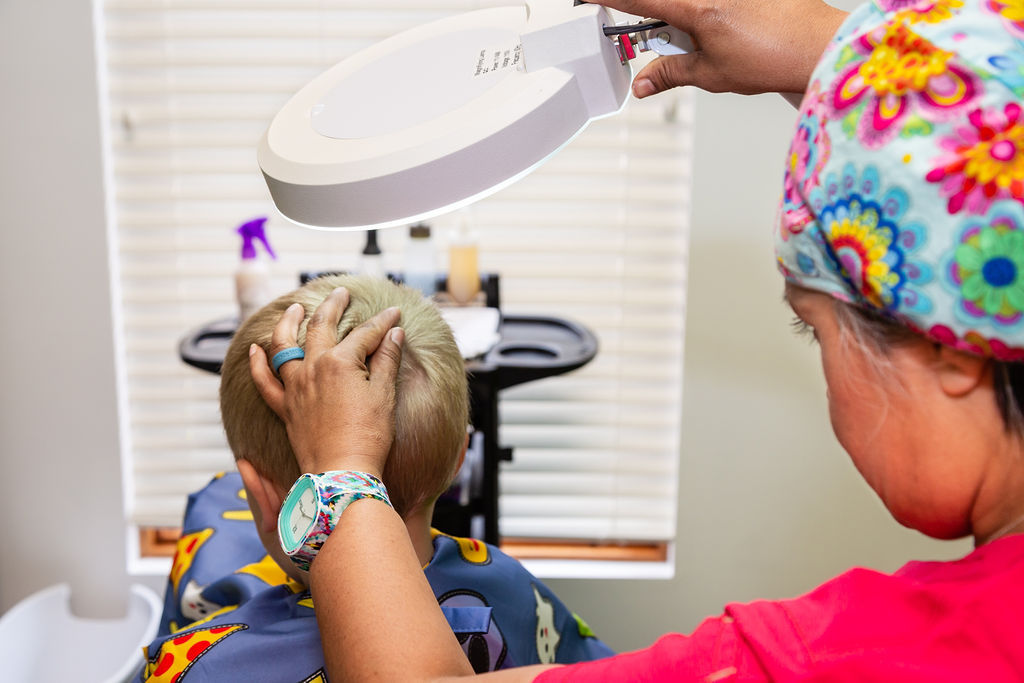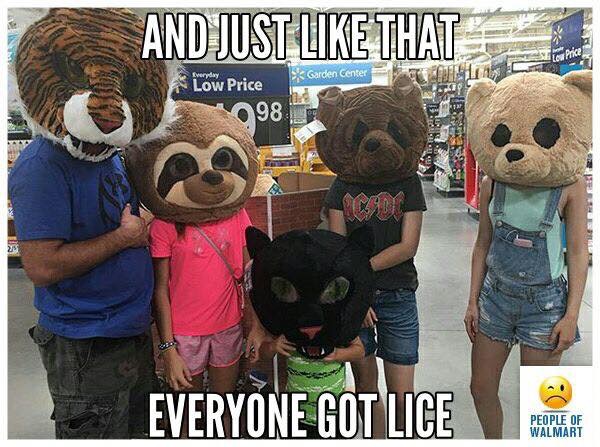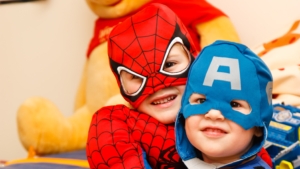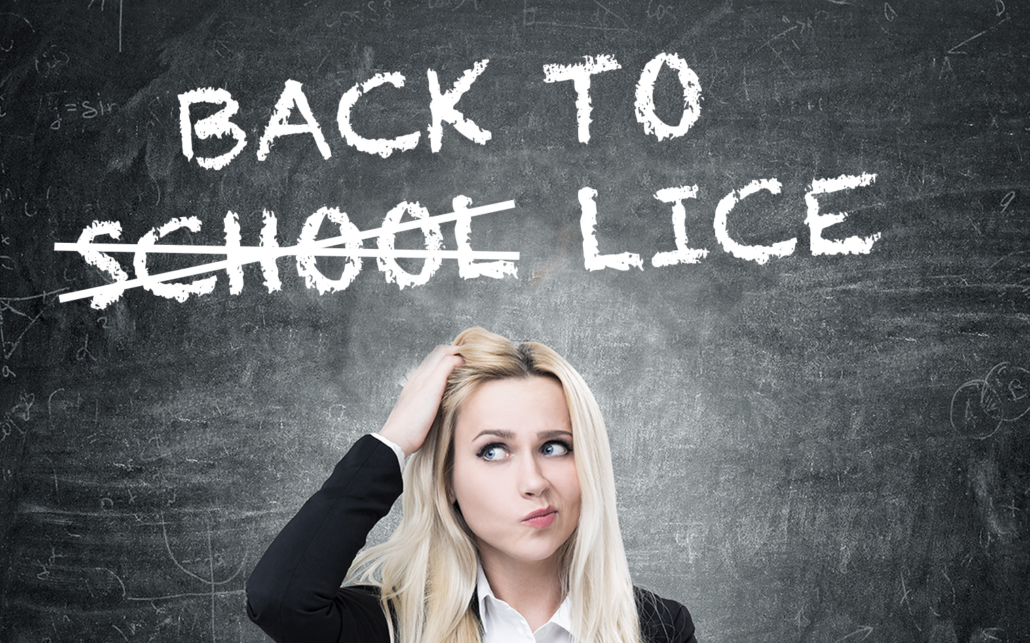Why Do I Still Itch After the Lice Treatment?
Customers sometimes call us in a panic a few days after visiting us. They still itch after the lice treatment! Itching is so common that we tell customers that they can itch for up to 6 weeks post-treatment. Why? Did we remove the lice or are they still infested?
You are not still infested.
Itching is Normal and Expected.
Itching is normal after our treatments because of three things.
-
Lice bite like mosquitos! We remove the lice, but we can not remove the bites.
- This itching usually resolves in a few days.
- If your itching is because of the bug bites, then applying a bug bite medicine such as hydrocortisone or Benedryl Spray can help a lot.
- You can also take an antihistamine, but we have found locally applied bug bite products to work as well or better.
-
We (and you) have dried out your scalp!
- This might take a little while to resolve, usually a couple weeks.
- We use Slippery Nit Saline Spray during our comb-outs. Saline means salt and salt tends to dehydrate your skin.
- Although our Treatment Goop does not dry you out, the removal of the treatment goop involves a very deep cleaning that can remove some more natural oils.
- Our Clarifying Shampoo is easier on your scalp than Dawn Dish Detergent, but it’s still a deep cleanser.
- Our Nutrient Conditioner works great for healing the scalp and getting you back to normal as quickly as possible!
- You can also use a scalp recovery serum such as Scalpicin or Nioxin.
-
You and we have scratched your scalp and now the micro-scabs are healing!
- This takes the longest to resolve, usually within 4-6 weeks.
- You’ve been bitten by an insect and might have been itching and scratching more than usual.
- You may not even be aware that you have been scratching because you may be scratching in your sleep. Lice are more active at night.
- We have combed very close to every inch of your scalp with our metal Terminator Comb. This will further irritate already irritated skin.
- You may have used drugstore or prescription pesticide-based treatments before coming to see us. Whoa, does that mess up a scalp! The burning you feel with these treatments are chemically injuring your scalp.
- These micro-scabs heal, but it takes time. The scabs are caught on your hair and as your hair grows, it slowly peels them away as they heal. Welcome to Itch City!
- The best way to heal a scratched scalp is with our Nutrient conditioner or with a scalp pampering product such as Nioxin.
If you itch after the lice treatment, it’s ok! It does not mean you still have lice. In fact we promise you won’t and offer our guarantee to give you peace of mind. It is possible to catch lice again post-treatment, however, so take preventive measures and get every family member checked and treated as necessary so that you qualify for our guarantee and won’t swap lice back and forth with each other.
